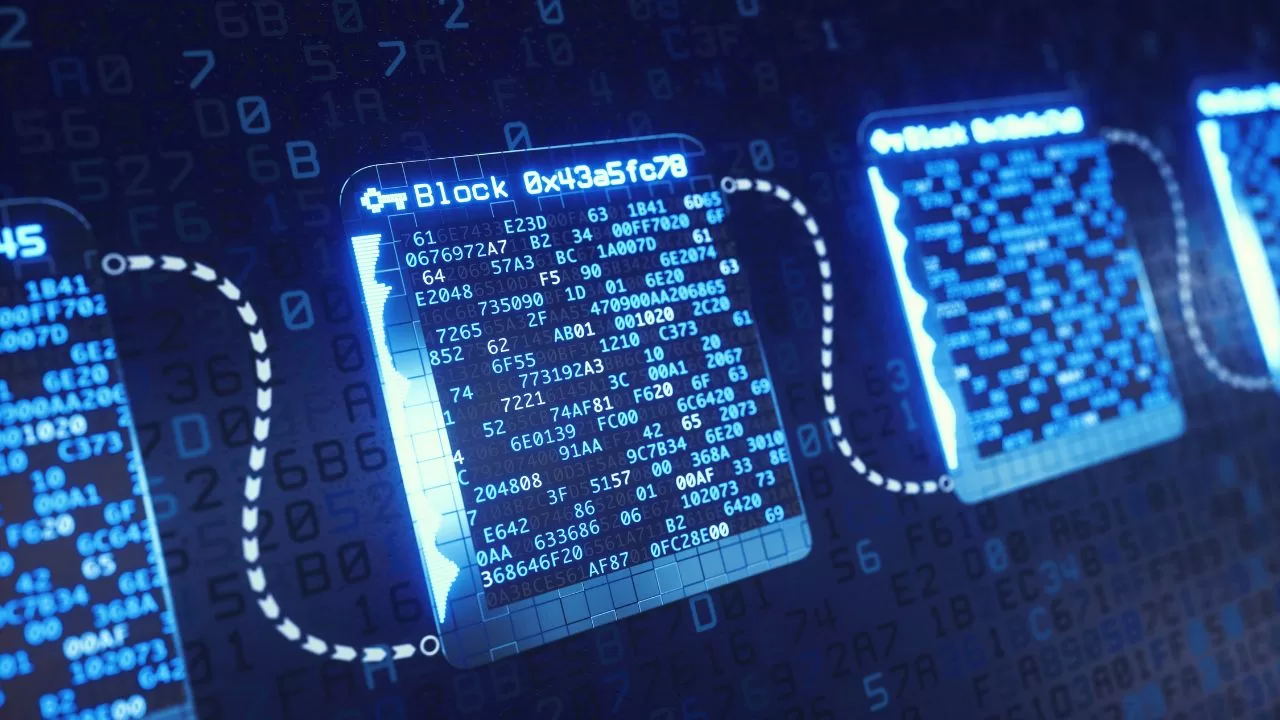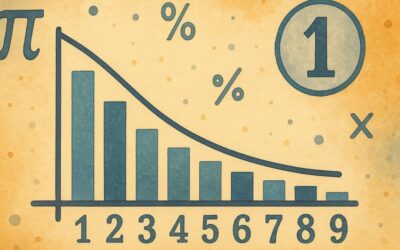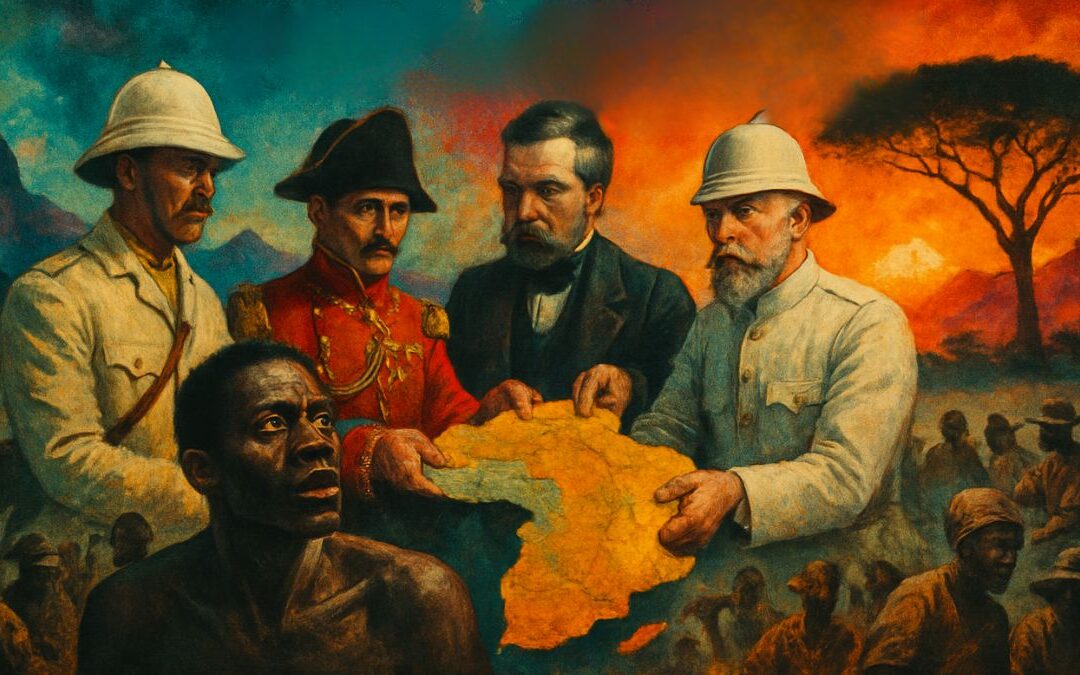In a realm where zeroes and ones rule, where digital footprints are as indelible as ink on parchment, a revolution was brewing. This revolution wasn’t led by knights or kings but by a concept so elegant, so groundbreaking that it promised to redefine the very fabric of our digital universe. This enigma was none other than blockchain technology.
Imagine, for a moment, a bustling medieval town named Digitopolis. The town had a grand library, which wasn’t filled with books, but with golden ledgers. These weren’t ordinary ledgers; they were records of every transaction, every trade, and every promise made within Digitopolis. Each page of the ledger was like a block, recording a series of transactions. Once a page was filled, it was sealed with a unique seal and linked to the next, creating a chain of blocks, or a ‘blockchain’.
Now, the magic of these ledgers was their incorruptibility. Once an entry was made, it couldn’t be altered without changing every subsequent entry, making deceit almost impossible. This ensured that every denizen of Digitopolis had complete trust in the integrity of these records.
The true genius of the blockchain, however, lay in its accessibility. Instead of one central grand library, every citizen of Digitopolis had a copy of this ledger. And every time a new transaction was made, every copy was updated simultaneously. So, if a rogue tried to manipulate a ledger, he would have to change it in every household, an impossible feat!
The librarians of this grand library were known as miners. Their job was to validate and record new transactions. But, instead of ink and quill, they used complex mathematical puzzles. Solving these puzzles ensured that the transaction was legitimate. And as a reward for their diligence, these miners were awarded a digital coin, a token of appreciation for keeping the ledger’s integrity.
This digital realm of Digitopolis is not mere fantasy, but a reflection of how blockchain operates. Each transaction made is like a block. Before it’s added to the chain, it must be verified by solving a complex puzzle, ensuring its authenticity. Once verified, this block, with its unique digital seal, joins the chain. And because this ledger, or blockchain, is distributed across countless computers globally, altering it maliciously becomes a herculean task.
Now, one might wonder, why all this fuss about blocks, chains, and puzzles?
The answer lies in trust. In our digital age, trust is a luxury. With duplicity, fraud, and data breaches rampant, how can one ensure that a transaction is genuine, transparent, and unaltered? Blockchain is that knight in shining armor, providing an answer to the age-old question of trust.
It is not just about currency or transactions. This technology’s potential spans realms like contracts, where terms once entered cannot be changed, ensuring fairness. It touches upon sectors like healthcare, where patient records can be updated and accessed securely, or even voting systems, ensuring transparency and authenticity in electoral processes.
The tale of Digitopolis may seem like a blend of fantasy and folklore, but it brings to life the very essence of blockchain technology. It’s a testament to human ingenuity, creating a system where trust is not asked for but inherently built-in.
So, the next time you hear of a digital coin being mined or a new blockchain application, remember the bustling town of Digitopolis. Remember the golden ledgers, the diligent miners, and the unbreakable chain that binds them all. For in this tale lies the answer to how blockchain technology, a marvel of our times, truly works.










0 Comments